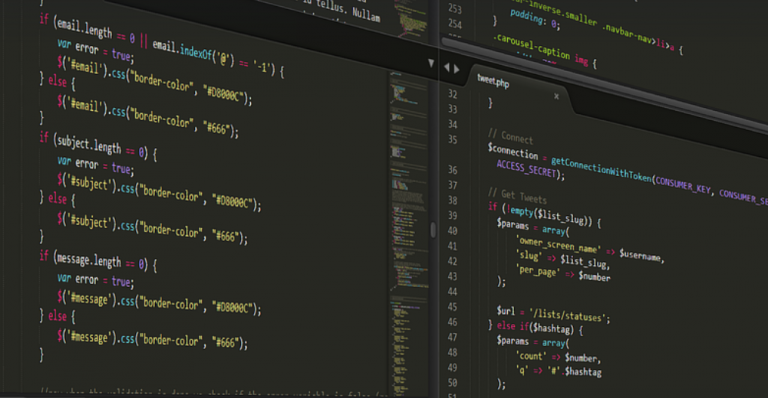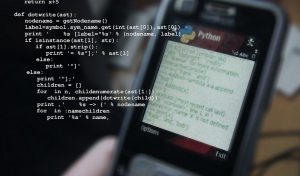What’s an Electrical Engineering Cheat Sheet?
Imagine you’re starting a new project, maybe building your own Arduino-controlled robot or working on a circuit design. You’ve got all these exciting ideas, but now you need to translate them into reality. An electrical engineering cheat sheet can be your trusty sidekick in this process.
It’s essentially a compact reference guide filled with formulas, equations, and key concepts that directly relate to the world of electronics. Think of it like having a quick-access library of essential information you’ll need throughout your project.
But don’t get fooled into thinking these cheat sheets are just about memorization! The real power lies in understanding how each concept connects with other aspects of your work.
These cheatsheets can save you time and frustration. You won’t have to spend hours digging through textbooks or searching online for answers, especially when faced with tight deadlines. It’s like having your study notes ready whenever you need them, just in a handy, portable format.
So, how do we build this cheat sheet? Let’s dive into the crucial components and building blocks of electrical engineering that every aspiring engineer should memorize or at least understand well.
Essential Concepts for Your Cheat Sheet
As you embark on your electrical engineering journey, you’ll encounter a host of concepts, from fundamental to advanced. Here are some key areas to focus on:
**Circuit Basics:** The foundation of all electrical circuits is the flow of electrons – think about it like water flowing through pipes in an electrical circuit – and understanding how these electrons move.
– **Voltage (V):** Imagine it as the “pressure” or “push” pushing electrons along a path, driving them to do work. The higher the voltage, the more “power” is available for your circuits.
– **Current (I):** It’s how much of this electron “flow” you can measure – think about it like water flow in a pipe. Higher current means more electrons are flowing through the circuit.
– **Resistance (R):** This is all about opposition to electron flow, kind of like friction for water flow. In an electrical circuit, resistance affects how much power gets wasted or used.
– **Ohm’s Law:** The magical connection between voltage, current, and resistance! Simply put: V=IR. A powerful equation that helps you understand the relationship between these three important parameters.
**Electromagnetism:** This is where electricity meets magnetism – a captivating realm of forces.
– **Magnetism:** The ability to create a force field using magnets—how does it work? It’s about creating an invisible magnetic force that can attract or repel other objects. This will be vital for understanding how motors and generators operate!
– **Electricity & Magnetism:** The magic connection: Electrical currents create magnetic fields, and these magnetic fields then interact to influence each other – like a dance between electricity and magnetism.
More Advanced Concepts
As you delve deeper into the world of electrical engineering, you’ll encounter some more advanced concepts that can significantly streamline your work.
**Power:** We all use power for everyday things, from your phone’s battery to your car’s engine. How do we understand how much power is being used? Let’s explore!
– **Energy (E):** The ability to perform work—think about it like the “potential” of a moving object, ready to do work. Energy is constantly changing form in electrical circuits.
– **Power (P):** This is how much energy is being used or supplied per second – a measure of how efficiently your circuit is working!
– **Watt:** The unit of power! It’s the rate at which electrical energy is converted into other forms of energy, like mechanical energy to move a motor or light up a LED.
**Electromagnetic Waves (EMW):**
These are waves that carry energy in the form of electromagnetic fields.
– **Radio Waves:** The magic behind radio communication! These long-distance signals allow you to connect with your friends and family across countries or even continents.
– **Microwaves:** Think about how your microwave oven heats up food – these waves have a specific frequency that enables them to vibrate the water molecules in food.
– **X-rays:** These are high-energy electromagnetic waves used for medical imaging and other applications where penetrating objects is essential.
**Signal Processing & Digital Electronics:**
These areas form the backbone of modern electronics, shaping how we interact with technology.
– **Digital Signal Processing (DSP):** This field focuses on manipulating signals in the digital world – think about signal processing for voice assistants or even music!
– **Logic Gates:** These are at the heart of computer circuits and chip-making. Understanding logic gates enables you to design your own custom circuits.
– **Boolean Algebra:** The language of logic is based on Boolean algebra, where variables can be either 0 or 1; these values will determine how your circuit works.
**Advanced Topics:**
As you delve deeper into electrical engineering, you’ll encounter more advanced areas that will expand your knowledge and capabilities.
– **Control Systems:** How do we get our robots to move? These systems are responsible for controlling motors and other components in a way they perform desired tasks. From self-driving cars to simple robot arms, control systems play a vital role
– **Artificial Intelligence (AI):** AI is changing how we interact with the world of electronics. It can teach machines to learn from data to make better decisions and solve problems.
– **Microelectronics & Nanotechnologies:** The future of electronics lies in miniature devices, and these fields are at the forefront of innovation!
Crafting Your Cheat Sheet
Creating your own electrical engineering cheat sheet is as easy as you like. Let’s break down how to build one that’s perfect for you.
**Step 1: Choose a format:**
– **Digital:** You can create a digital cheat sheet on an online platform or a document editor like Google Docs, where you can easily add and edit your notes.
– **Printed:** Create a hand-drawn cheat sheet using graph paper or even just plain notebook paper, to give it a more personal touch.
**Step 2: Gather Your Information:**
– **Essential formulas:** Start by listing the most frequently used formulas and equations, such as Ohm’s Law, and the relationship between energy, power, and resistance.
– **Key concepts:** Include a concise explanation of key concepts you think are important for your work. For example: What does “resonance” mean in electromagnetism?
– **Circuit diagrams:** Include basic circuit diagrams to illustrate the different types of circuits, and their components (resistors, capacitors, inductors).
– **Reference materials:** Don’t forget about your textbook or online resources. Include links to reliable sources for further learning!
Final Thoughts
Electrical engineering is a dynamic field that requires continuous learning and growth. Building a cheat sheet is one way to make the process more manageable, efficient, and engaging. Remember that the best cheat sheets are practical guides tailored to your specific needs.
By using this information, you’re well on your way to becoming an electrical engineer! Keep exploring, ask questions, and never stop learning!














